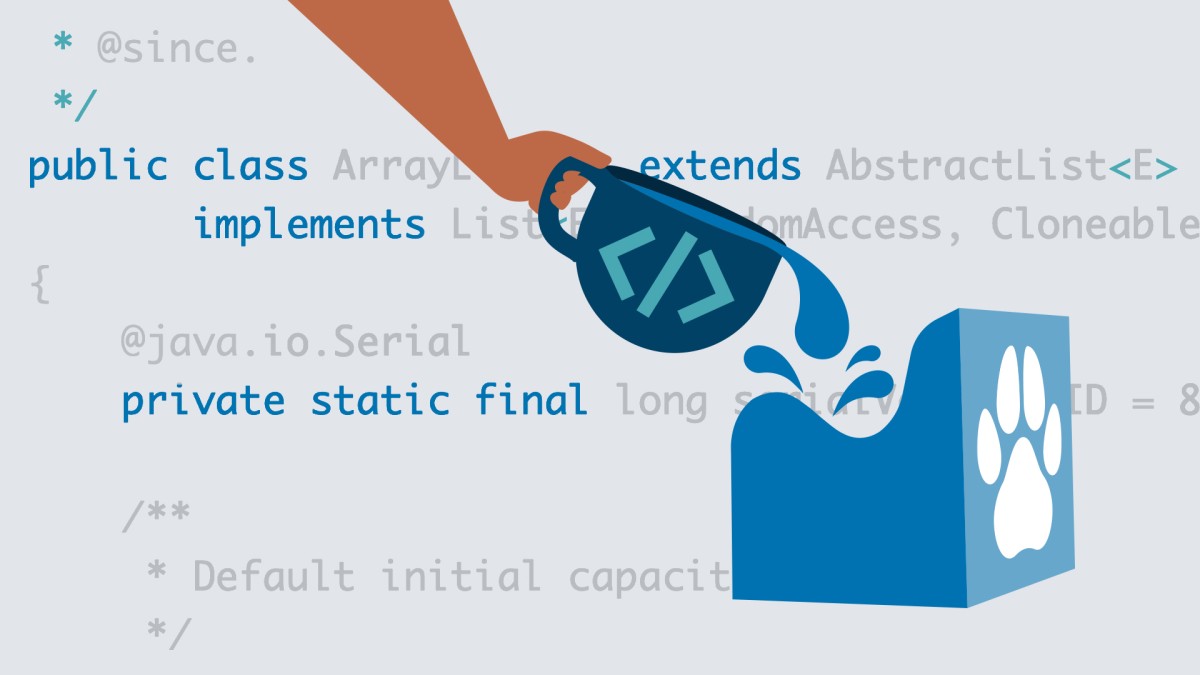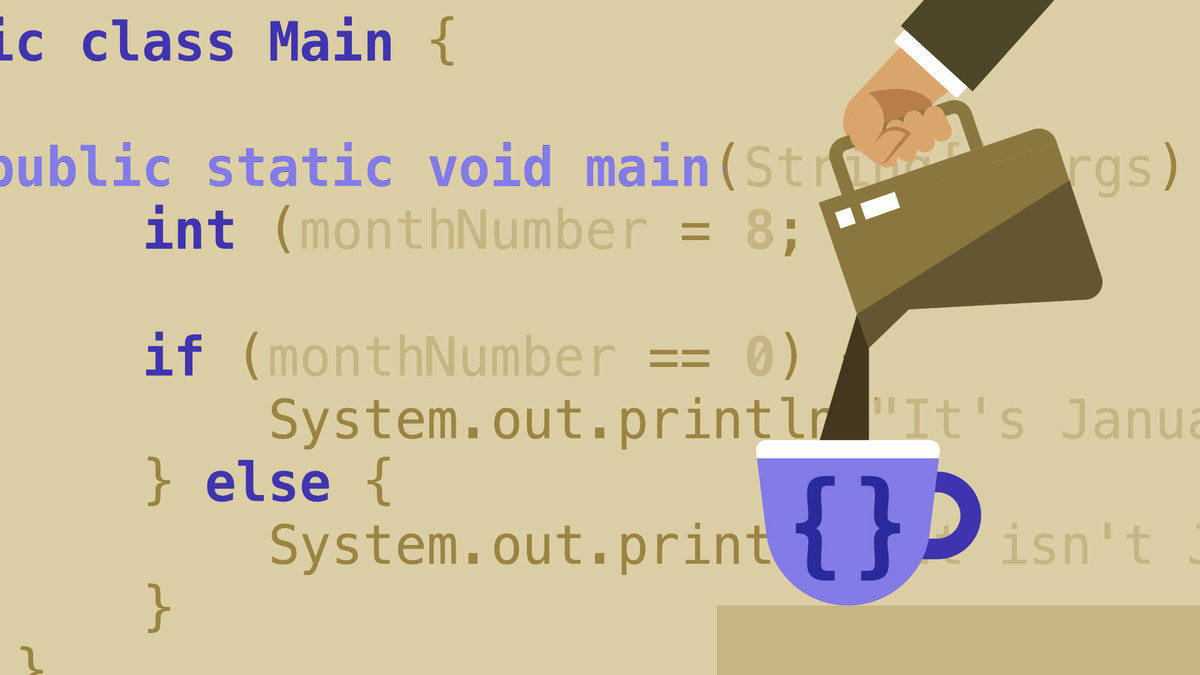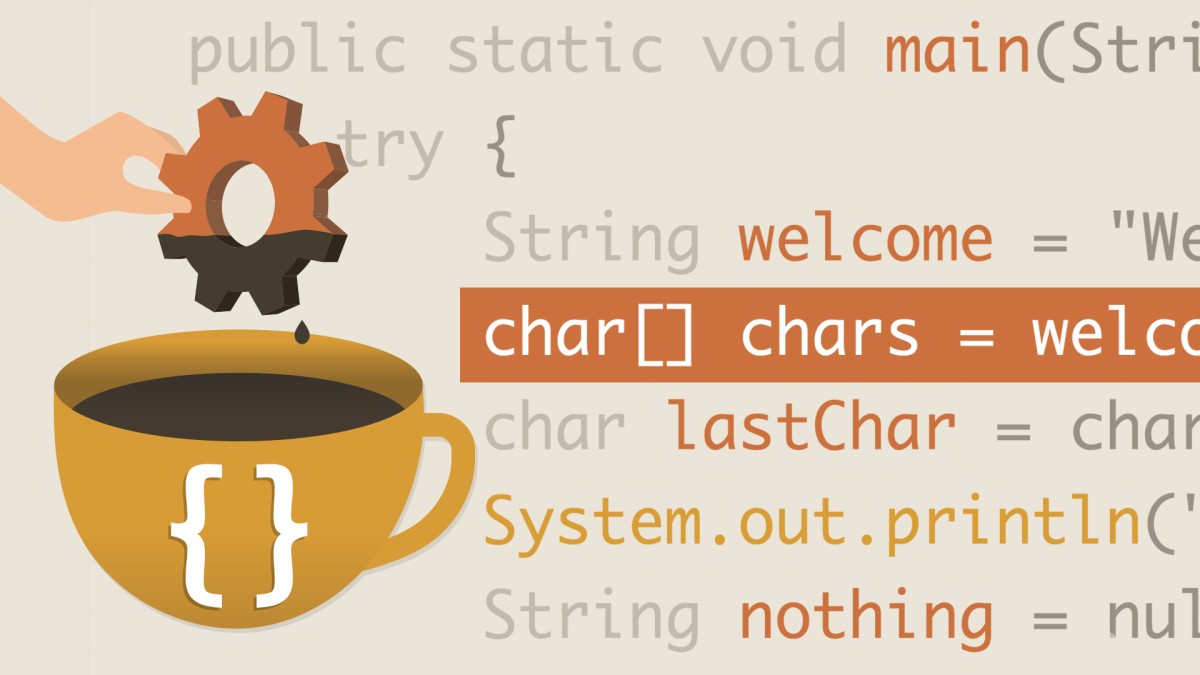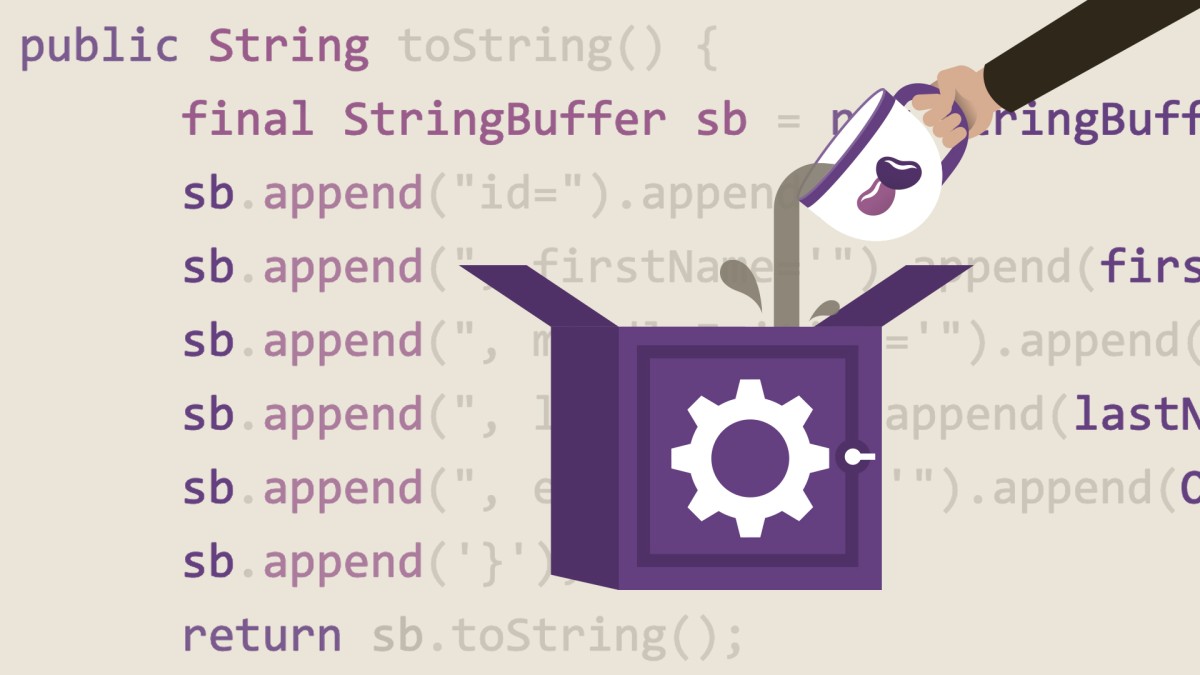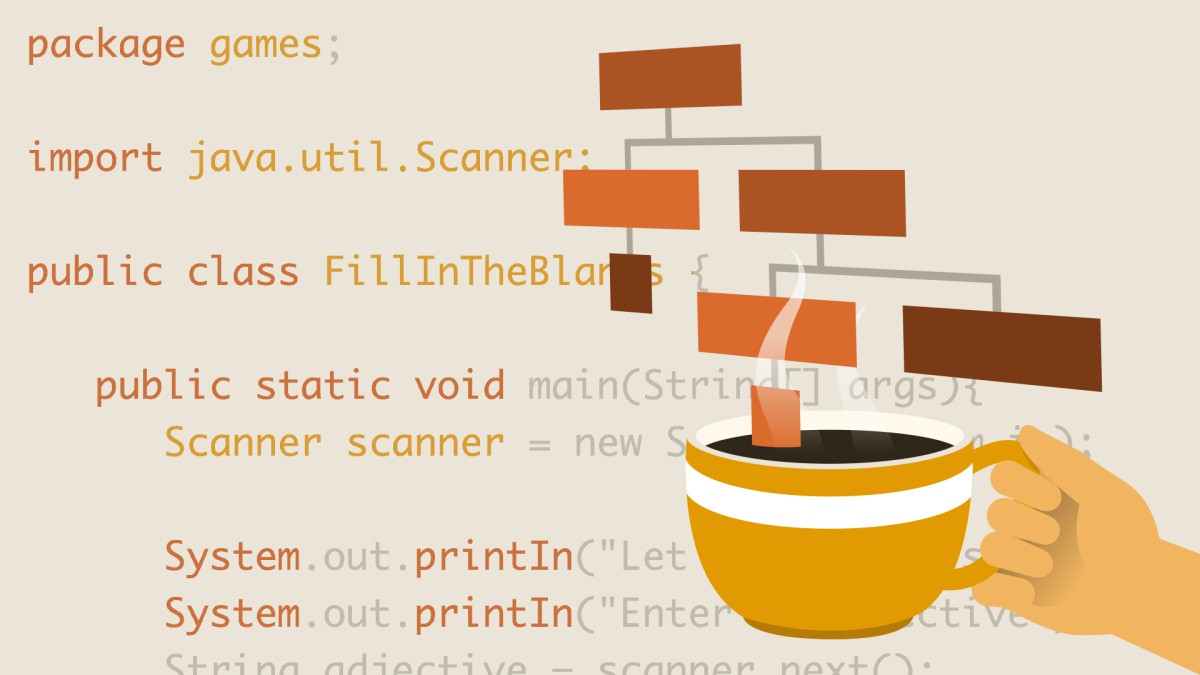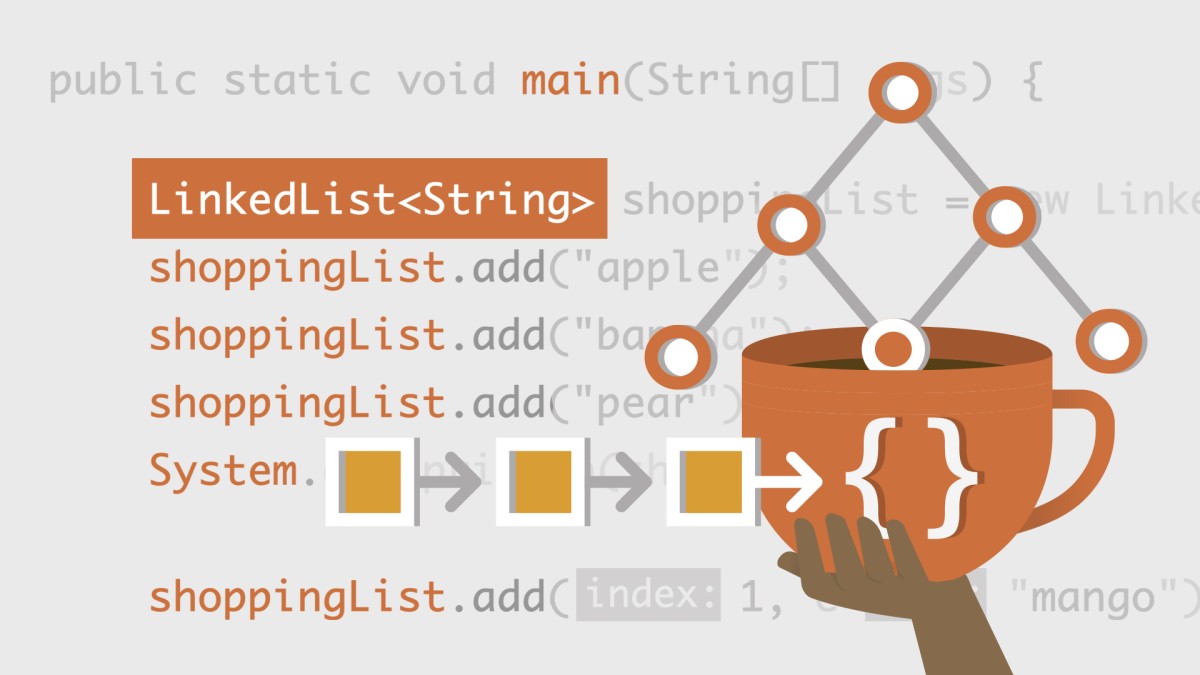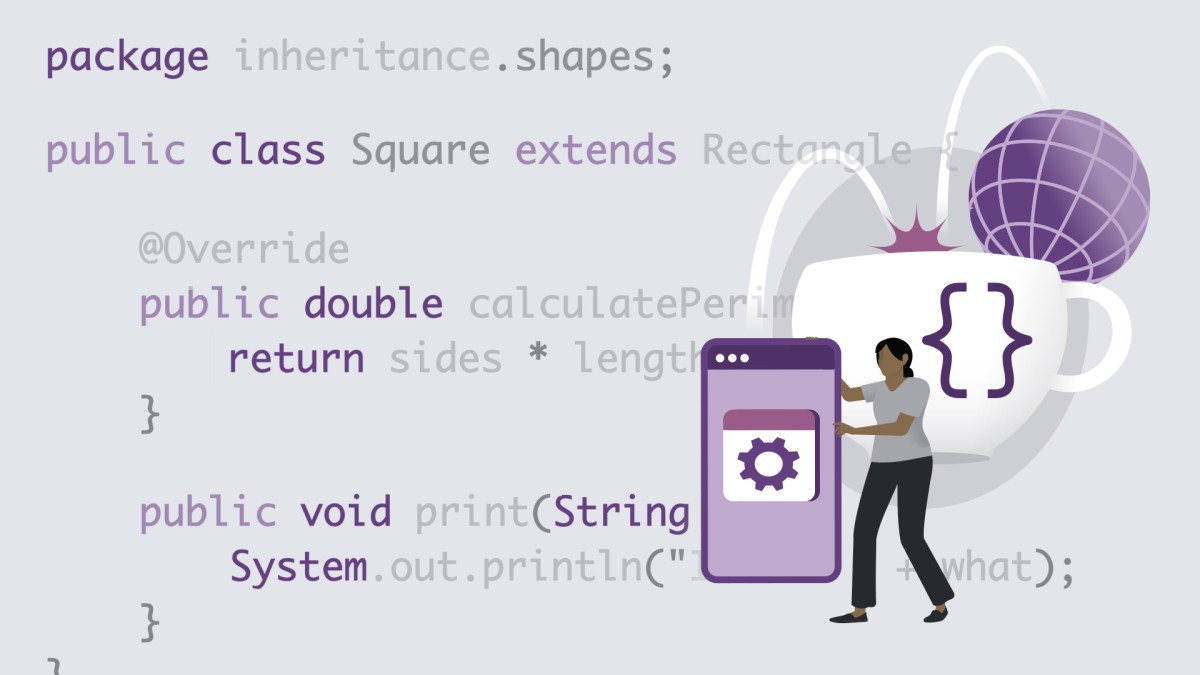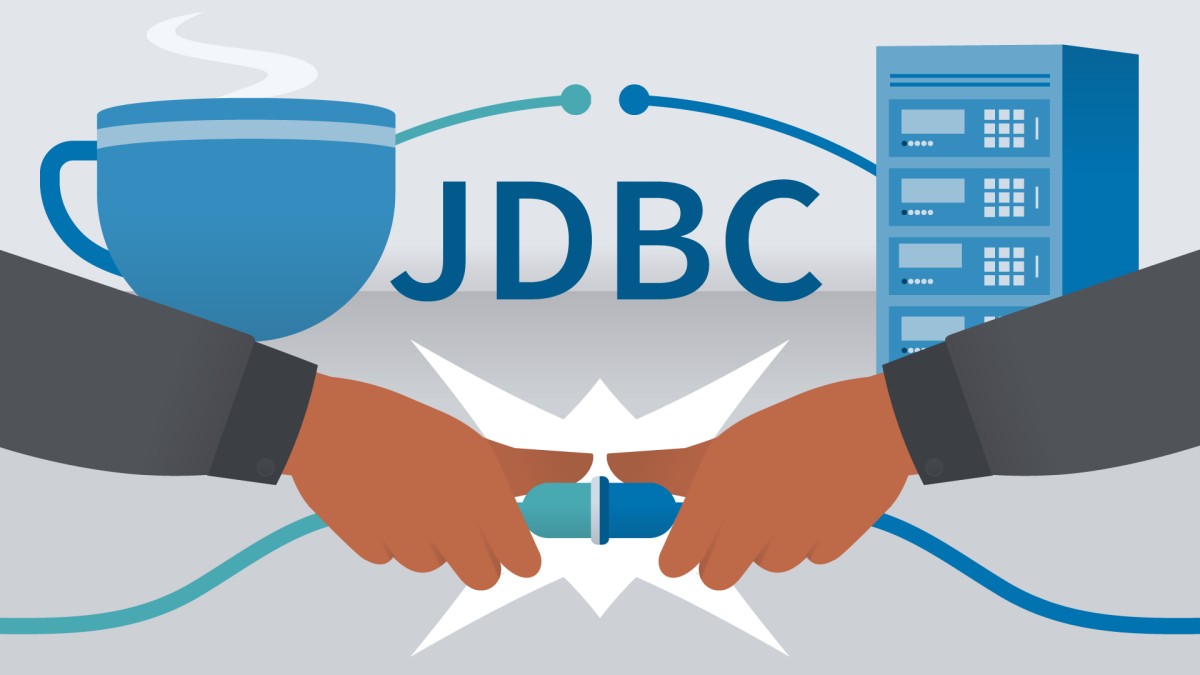آموزش برنامه نویسی شی گرا جاوا
دانلود فایل فشرده
با توجه به امکانات آموزش و همچنین امکانات بسته انتخاب شده لینک دانلود فایل فشرده آماده خواهد شد. با در نظر داشتن این شرایط لطفا بسته مورد نظر خود را انتخاب کرده و روی دکمه درخواست لینک دانلود کلیک کنید
درخواست لینک دانلود
لطفا قبل از فعالسازی لینک دانلود به موارد زیر توجه کنید:
- پسورد فایلهای فشرده است.
- لینکهای آماده شده تا 8 روز پس از فعالسازی منقضی خواهند شد.
- حجم فایلها تخمینی هستند.
- در صورتی که لینک دانلود تا 15دقیقه پس از درخواست آماده نشد، از بخش پشتیبانی پیگیری نمایید.
یکی از مهمترین مشکلات افرادی که از آموزش های آنلاین استفاده می کنند این است به دلیل تعداد زیاد این آموزش ها، کاربر دچار سردرگمی شده و نمی داند از کدام آموزش بهتر است شروع کند و یا با کدام آموزش ها مهارت های خود را ارتقا دهد. داشتن یک برنامه آموزشی گام به گام میتواند کاربران را از این مشکلات رها کند. در واقع مسیرهای یادگیری مجموعه ای از آموزش ها هستند که به ترتیب اولویت در کنار هم قرار گرفته اند تا کاربران را از این سردرگمی ها نجات دهند. این مسیرها در موضوعات مختلفی دسته بندی شدهاند که در زیر، لیستی از همه دسته بندی مسیرهایی که توسط سایت لیندا ارائه شده اند را می توانید مشاهده کنید.
آموزش Java Object-Oriented Programming در 1 مسیر آموزشی قرار دارد. تخصص مورد نظر خود را انتخاب کنید، با مسیر یادگیری آن همراه شوید و حرفه ای شوید.
جاوا یک زبان برنامه نویسی همه کاره و شی گرا است که برای توسعه نرم افزار سازمانی ضروری است. این مسیر یادگیری اصول جاوا، برنامه نویسی شی گرا، ساختارهای داده و اتصال پایگاه داده با JDBC را پوشش می دهد. مهارت های ساختن برنامه های کاربردی قوی و مقیاس پذیر را به دست آورید و حرفه خود را در توسعه جاوا شروع کنید. هماهنگ شوید، امتحان نهایی را قبول کنید و گواهینامه خود را دریافت کنید.<br><br>این مسیر یادگیری توسط JetBrains تایید شده است. همراه با کسب گواهینامه، می توانید سه ماه رایگان از هر JetBrains IDE از جمله IntelliJ IDEA Ultimate که در این دوره استفاده می شود، دریافت کنید. فقط کافیست کد کوپن JETBRAINS_LI را هنگام تسویه حساب در <a href="https://www.jetbrains.com/store/?fromMenu=§ion=personal&billing=yearly#edition=personal">فروشگاه الکترونیکی JetBrains</a> اعمال کنید. دستورالعملهای دقیق درباره نحوه استفاده از این پیشنهاد، <a href="https://sales.jetbrains.com/hc/en-gb/articles/206544449-I-received-a-coupon-code-for-a-JetBrains-license-how-can-I-use-it">اینجا</a> است.
آموزش برنامه نویسی شی گرا جاوا ، ایستگاه شماره 3 در مسیر یادگیری گواهی حرفه ای بنیادهای جاوا توسط JetBrains ، است.

